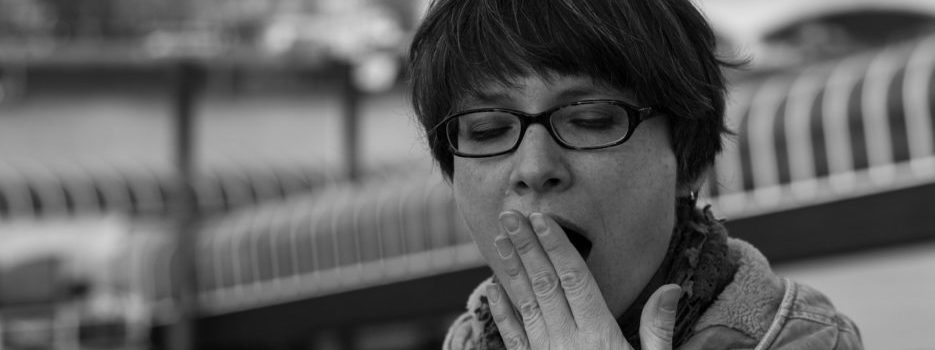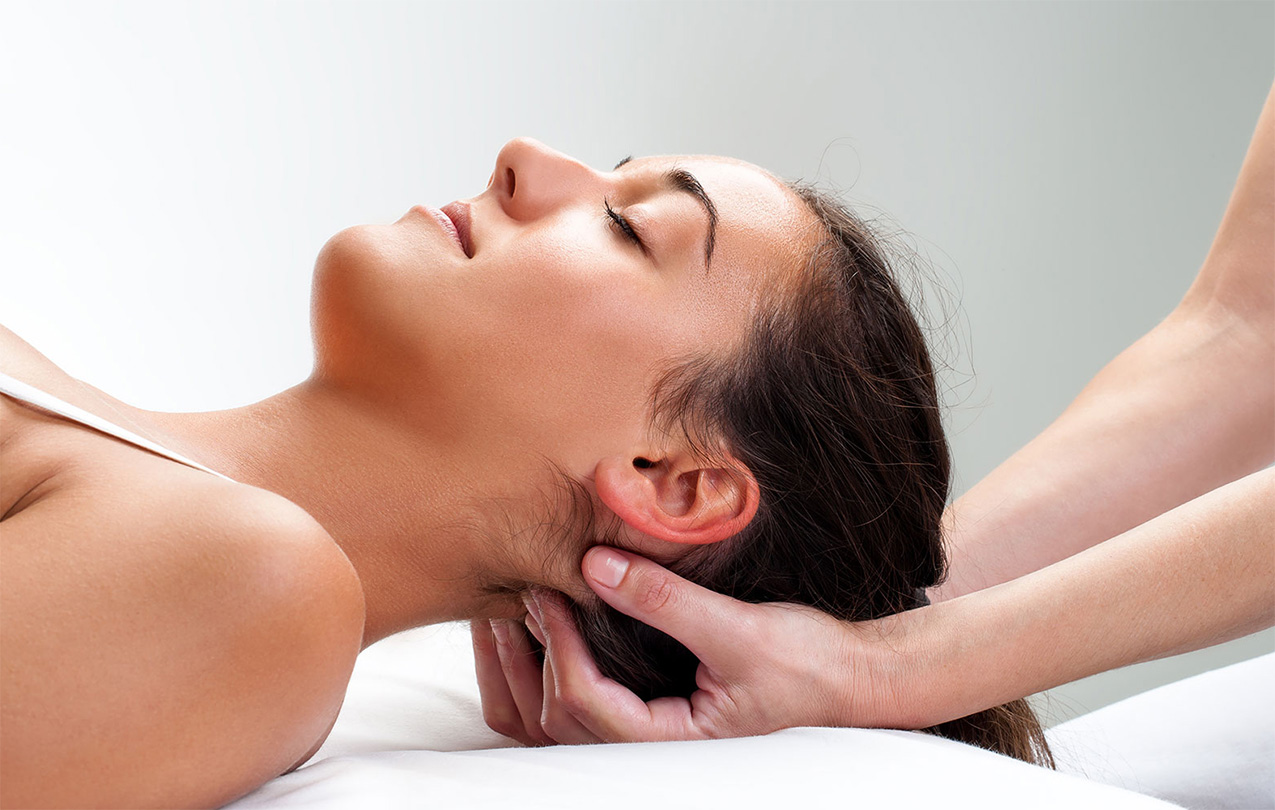Do you experience a clicking sound when you chew or feel discomfort every time you yawn? That pesky temporomandibular joint (TMJ) might be the culprit. This joint, the hinge connecting your jaw to your skull, works hard every day helping you speak, chew, yawn, and express yourself.

Image Source: Nate Edwards
But when something goes wrong, the pain can be relentless. Many of us experience temporomandibular disorders (TMD), which can make opening and closing our mouths a real challenge. Whether it’s from a jaw injury, arthritis, teeth grinding, or stress, TMJ issues can sneak up on you or develop over time.
Discovering Craniosacral Therapy
If you’ve been diagnosed with TMD, you’re probably aware of the many treatment options available to you, such as physiotherapy, massage, or even mouthguards called splints. But have you heard about craniosacral therapy (CST)? This lesser-known treatment can bring significant relief and improve your jaw’s range of motion.
Craniosacral Therapy is a gentle, hands-on approach focusing on improving the functioning of the craniosacral system, which includes the membranes and fluid that surround, protect, and nourish the brain and spinal cord. Developed by John E. Upledger, an osteopathic physician, in the 1970s, CST helps alleviate a range of conditions, including TMJ dysfunction, by using soft touches to release restrictions in the craniosacral system.
How Does Craniosacral Therapy Benefit Those With TMJ?
CST is a hands-on technique focusing on your head (cranium), spine, and sacrum (a triangular bone at the base of the spine). Using light pressure, a therapist releases tension in the connective tissue and encourages the flow of fluid between the cranium, spine, and sacrum. CST is practiced by various healthcare professionals, including massage therapists, physiotherapists, and dental professionals.

CST addresses TMJ dysfunction by:
- Reducing Muscle Tension: Gentle manipulations help relax the muscles around the jaw and neck, reducing pain and improving movement.
- Enhancing Fluid Movement: By promoting the circulation of cerebrospinal fluid, CST aids in decreasing inflammation and enhancing healing.
- Easing Emotional Stress: TMJ dysfunction is often exacerbated by stress. CST’s calming effect can reduce the overall stress load, potentially easing symptoms.
Who Can Benefit From CST?
Pretty much anyone with TMJ pain can benefit from CST, even those who’ve recently had jaw trauma. It’s non-invasive and gentle enough for everyone, from newborn babies to the elderly.
However, if you’ve recently had surgery, a spinal tap, or are recovering from a stroke, infection, or bone fracture, CST might not be the best option for you right now.
What Should I Expect In My First Session? And How Many Treatments Do I Need?
If you’re considering CST for TMJ relief, here’s what you can expect at your first session:
- Duration: Sessions typically last between 45 minutes to an hour.
- Environment: You will lie fully clothed on a massage table in a quiet, soothing environment.
- Process: The therapist will use a light touch to assess and enhance fluid circulation and tissue mobility around your craniosacral system.
- Sensations: Most patients experience profound relaxation during the session, and some may even fall asleep.
Don’t Let Jaw Pain Hold You Back!
We’re here to help you explore craniosacral therapy and other treatments for TMD. don’t hesitate to contact us or bring it up at your next appointment — book today!
Note: New clients are always welcome, and a doctor’s referral isn’t needed.
